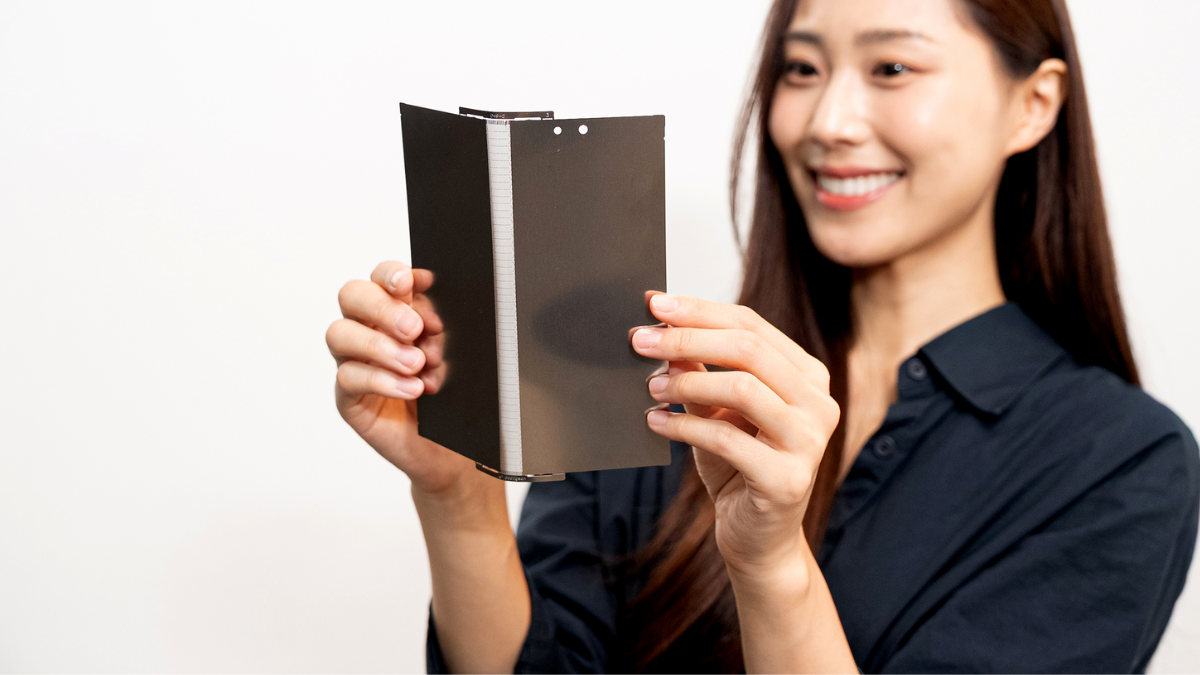

Samsung Galaxy Z Fold 7 was launched by the South Korean tech giant on July 9, during the company’s Galaxy Unpacked 2025 event. The phone was unveiled along with the Galaxy Z Flip 7, Galaxy Z Flip 7 FE, and the Galaxy Watch 8 series. Weeks after the launch, a French certification, inspection, and testing company has put the foldable display of the Galaxy Z Fold 7 through its durability test. The results show that the handset can potentially survive for 10 years for an average user and 6 years for heavy users.
Samsung Galaxy Z Fold 7 display durability test
In a press release, Samsung Display has officially revealed that the foldable AMOLED display of the Galaxy Z Fold 7 has undergone a durability test, conducted by Bureau Veritas. The company said that the display was able to remain functional even after 5 lakh folds, hinting at its improved durability. To test the screen, the company raised its internal durability testing standard from 2 lakh fold to 5 lakh folds, which is 2.5 times its previous benchmark standard.
Bureau Veritas conducted the durability test over 13 days at 25 degrees celsius. According to Samsung, the results show that the display of the phone can last for over 10 years with average use, with people folding the Galaxy Z Fold 7 about 100 times a day. For people with heavy usage, the phone could survive 6 years, letting them fold the handset more than 200 times a day.
Samsung claims that this was achieved with the help of its display division’s newly developed shock-resistant structure, which is inspired by the design of bulletproof glass. The press release added that a traditional bulletproof glass has multiple layers of strengthened glass and plastic films, designed to withstand and disperse energy on impact. When a bullet hits the glass, the elasticity of the outer glass absorbs most of the impact energy to prevent penetration.
Samsung Galaxy Z Fold 7 display’s durability test was conducted over 13 days
Photo Credit: Samsung Display
Samsung Display, the said division, employed this concept while making the outermost Ultra Thin Glass (UTG) 50 percent thicker. It also used a “new high-elasticity adhesive” between each layer in the OLED screen, which offers four times the recovery performance in comparison to previously used material, Samsung claimed. Moreover, the company also integrated a new flattening structure into the display that is claimed to distribute shock evenly across the screen. The Galaxy Z Fold 7 also gets a titanium plate to support the foldable screen, which is claimed to offer high strength, despite being thinner and lighter.
The Samsung Galaxy Z Fold 7 launched on July 9 with an 8-inch Dynamic AMOLED 2X Infinity Flex Display on the inside with QXGA+ (1,968 x 2,184 pixels) resolution, 120Hz refresh rate, 368ppi pixel density, and up to 2,600 nits of peak brightness. For the cover display, the phone gets a 6.5-inch Dynamic AMOLED 2X display with full-HD+ (1,080×2,520 pixels) resolution, 422ppi pixel density, and 120Hz adaptive refresh rate.





